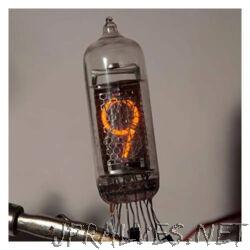Other
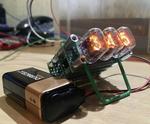
“Overview: So there are plenty of display modules available to work with an SPI bus, mostly based around LED or LCD technology. But I wanted to re-use some old Nixie teck. This Instructable is what I came up with. The …
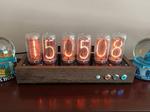
“USB 5V or 12V, Motion, Light, Temperature, Humidity & Pressure Sensors. NTP Sync, Web Interface for changing settings/time & wifi. The story Caution the PSU can output high DC voltages, can cause serious injury I’m a bit late to the …
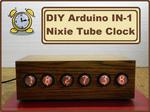
“This is another one of the many unusual clocks you can see in some of my previous projects. IN-1 nixie tubes are relatively cheap. Nixie tube is an electronic device used for displaying numerals or other information using glow …
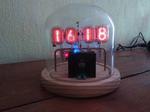
“This is a Nixie clock 3D wired in a glass dome. It is made with IN-12A (ИН-12A) Nixie tubes and an Arduino nano. This is inspired from a kit I bought a few years ago. I made some modifications …
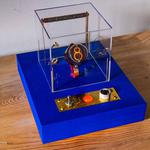
“A true random number generator using cosmic background radiation. This is randomness at your fingertips put together in a sculpture. To throw the dice a total of eight particles from the Big Bang needs to pass through the old Soviet …
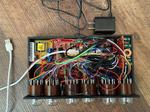
“Less expensive and easier to build than some other Nixie clocks. Displays seconds, blinking colons, and it sets itself using WiFi! Introduction Nixie tubes are quite popular with electronic hobbyists lately. They are an antique novelty! I am one of …
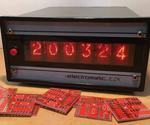
“Currently there is a lot of interest in bringing vintage nixie tubes to life. Lot’s of nixie tube clock kits are available on the market. There appeared to be even a lively trade on old stock of russian nixie …
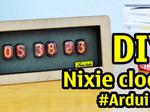
“In this instruction, I will show how to make Nixie clock with Arduino by circuit which is as much simply as possible”
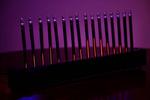
“Nixie Tubes are an antiquated neon-based display technology dating back to the mid-1950s. They predate both LEDs and LCDs, which are both cheaper and simpler to operate. However, LEDs and LCDs both struggle to match the otherworldly aesthetic of these …

“The Chernobyl Dice is a quantum random number generator [0] that uses nuclear decays from a weakly radioactive sample as a source of entropy. It consists of four primary components: - An Arduino Nano microcontroller - A Geiger counter - Six uranium glass …

